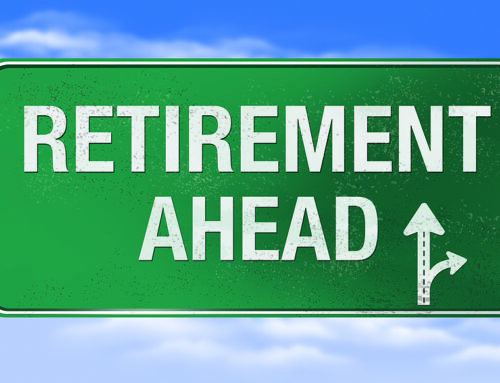 “How much do I need to retire?” This is one of the most frequently asked questions in the world of retirement finance. If you don’t have a lot of retirement planning experience it can also be a tough question to answer. This article will hopefully give you some sense of where you might want to be headed in terms of answering this question and also get you up to speed on the classic retirement savings advice.
“How much do I need to retire?” This is one of the most frequently asked questions in the world of retirement finance. If you don’t have a lot of retirement planning experience it can also be a tough question to answer. This article will hopefully give you some sense of where you might want to be headed in terms of answering this question and also get you up to speed on the classic retirement savings advice.
Firstly: There is no specific retirement savings number universal to all people. This probably isn’t the answer you were looking for, but it’s true. There isn’t a dollar value that will magically make your retirement everything you want it to be. We can still give you general advice and strategies for how to plan, and there can be specific targeted advice for your situation that can help you as well. But it’s important to realize that retirement isn’t about getting to a single number.
The reason: variables. You never know what exactly you’ll need. You can always estimate what you think you might need, but there really isn’t any way to be totally sure. Inflation is one thing that can chip away at your savings, but you can’t ever be sure how much it will be year to year.[1] Long-term care is also something that you may need in the future that can affect your budget over time.[2] The good news is you can factor those costs in and there are financial products and strategies that can help you address those risks specifically, helping you lower your target number.
What do people usually recommend? The 4% Rule is usually recommended as a starting place. To follow this rule, you would calculate the amount you want to have annually in your retirement and divide that by 4%.[3] So if you wanted $100,000 yearly in your retirement, you would need $2.5 million saved in your accounts.[3] The idea behind this strategy is that you will withdraw 4% of your savings every year in your retirement, hope for a 5% return on investment after taxes and inflation, and have no other sources of income beyond your retirement account.[3] This strategy isn’t perfect, and experts are divided on whether or not it’s a useful metric, but it is one way to calculate a specific number for your retirement.[3]
So what’s better than a general plan? A specific one. Consider your specific needs. Consider how you might allocate your resources to best set yourself up for what you’ll need and want in your retirement. If you are looking for guidance when it comes to retirement planning, consider reaching out to one of our professionals for a complimentary review of your finances.
[1] https://www.investopedia.com/terms/l/ltcinsurance.asp
[2] https://www.investopedia.com/articles/investing/090715/how-inflation-affects-your-cash-savings.asp#:~:text=Any%20time%20your%20savings%20don,power%20with%20every%20passing%20year.
[3]https://www.investopedia.com/retirement/how-much-you-should-have-saved-age/










